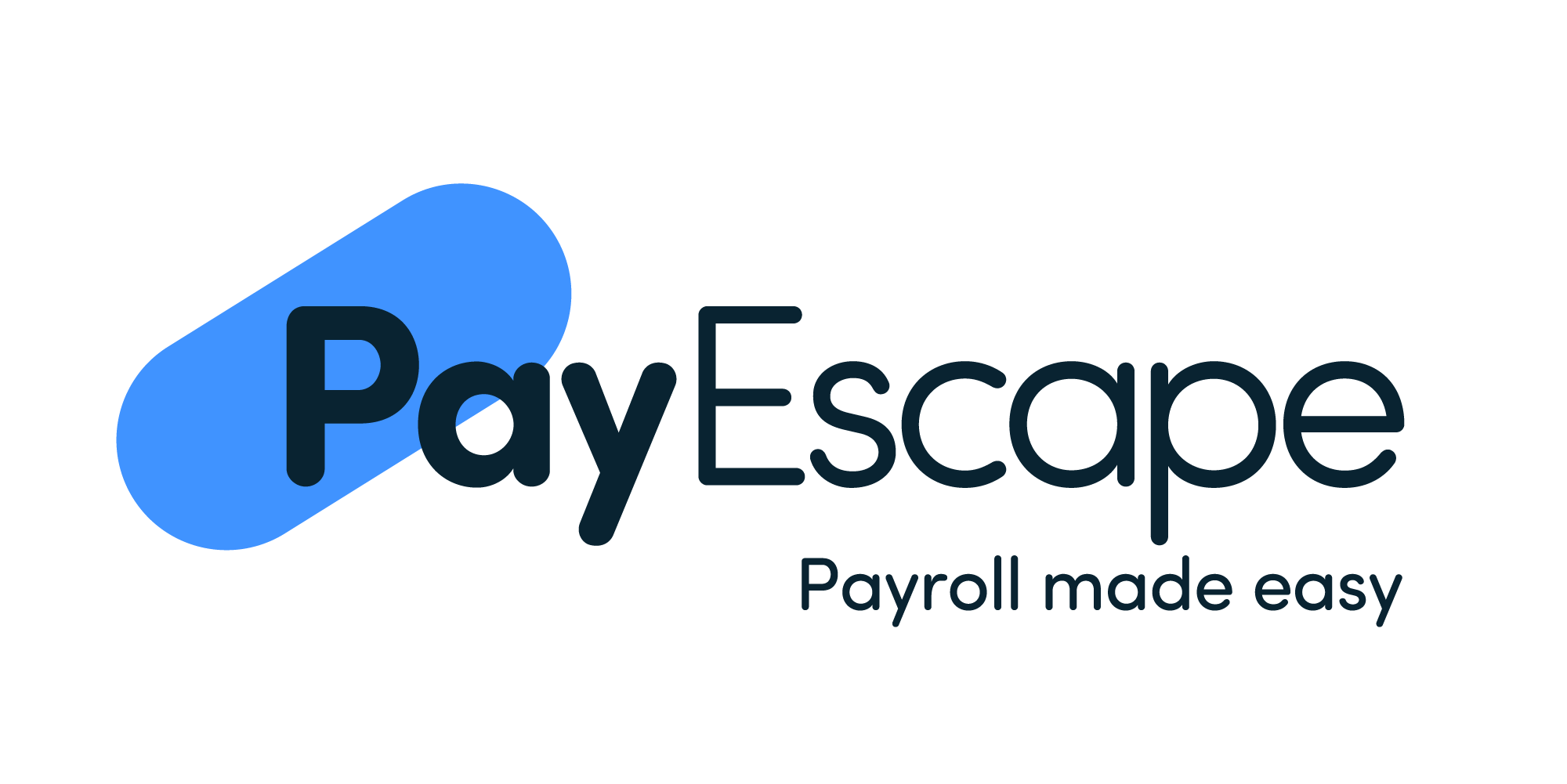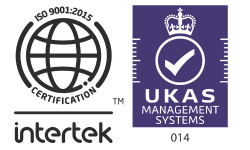Hiring an employee is about more than offering a salary. From mandatory contributions to hidden productivity costs, UK businesses often underestimate the total cost of employment. For accurate budgeting and risk reduction, understanding the full financial picture is essential.
Why Understanding Employee Costs Matters
Hiring decisions based solely on base salary can lead to inaccurate budgeting, poor forecasting, and unexpected costs. In the UK, the average cost of replacing an employee earning £30,000 is £30,614, a combination of recruitment, training, and lost productivity.
Further analysis shows that total first-year employment costs can rise to £62,890 for a mid-level employee, factoring in onboarding, benefits, compliance obligations, and management overheads.
By fully understanding your employment cost obligations, you can:
- Budget more accurately for current and future roles.
- Avoid overhiring or under-resourcing key teams.
- Identify cost-saving opportunities in benefits, recruitment, and software.
- Ensure long-term compliance with tax, pension, and payroll legislation.
1. Employer National Insurance Contributions (NICs)
Employers must contribute 13.8% on employee earnings above the £175 per week threshold (2025/26).For an employee on a salary of £18,000, the employer pays around £1,271.81 per year in NICs. Payroll software handles NI thresholds and rules automatically, ensuring you remain compliant with HMRC and reduce manual admin.
2. Workplace Pension Contributions
Employers are legally required to:
- Auto-enrol eligible employees (aged 22+, earning over £10,000/year).
- Contribute at least 3% of qualifying earnings.
For example an employee earning £18,000 would require an employer pension contribution of around £352.80 annually, depending on pension scheme and qualifying earnings band. At PayEscape we manage enrolment, calculations, and compliance checks all integrated with payroll, reducing errors and saving time.
3. Employee Benefits That Increase Costs

While perks like healthcare or additional leave attract and retain talent, they add significant overhead. Common examples include:
- Company cars (subject to Benefit in Kind tax)
- Private health insurance (taxable)
- Enhanced holiday (statutory minimum is 28 days including bank holidays)
- Enhanced maternity/paternity leave (above statutory pay)
- Training and development allowances
These may also affect National Insurance liabilities or require additional admin time. Use cost-effective or salary-sacrifice schemes (like cycle-to-work) where possible. These lower your NI liability and still offer valuable benefits to staff.
4. Hidden Costs: Unproductive Time
Paid working hours don’t always equal productive output. Unproductive time includes:
- Statutory Sick Pay (SSP) is £116.75/week for up to 28 weeks
- Training periods which often take new hires months to reach full productivity
- Parental leave
- Downtime, breaks, and internal admin
These are necessary, but without accurate tracking, they become a cost drain. Our time and attendance software tracks hours, leave, and productivity trends. Data integrates directly with payroll for accurate cost reporting.
5 Tips to Minimise Wasted Hours and Control Employment Costs
Automate payroll processes
Manual payroll is time-consuming and error-prone. Payroll automation ensures accuracy in pay, NI, tax codes, and pensions. PayEscape streamlines this, reducing risk and overheads.
Monitor attendance and absences
Use time and attendance software to track lateness, absences, and leave. This helps reduce overstaffing, monitor engagement, and plan rotas more effectively.
Standardise onboarding
Reduce time to productivity by having a clear onboarding process. According to Glassdoor, organisations with structured onboarding improve new hire retention by 82% and productivity by 70%.
Streamline your benefits strategy
Regularly audit benefit usage and uptake. Focus on high-value, low-cost offerings and consider employee feedback to cut underused perks.
Improve employee retention
Retention is cheaper than recruitment. Use leadership development, performance reviews, and training to boost engagement. Reduced turnover directly cuts onboarding and hiring costs.
Get Full Control Over Employee Costs with PayEscape
Whether you’re managing 10 or 1,000 employees, understanding and managing employment costs is non-negotiable. PayEscape helps you:
- Automate payroll, pensions, and HMRC submissions
- Monitor attendance and unproductive hours
- Generate cost reports per employee
- Stay compliant with UK employment law
Start saving time, reducing risk, and improving forecasting. Contact PayEscape today.
How much does an employee cost in the UK?
Expect to pay an additional 20–30% above base salary to cover NI, pensions, leave, benefits, and overheads.
What’s included in payroll costs?
Payroll includes gross wages, NICs, pensions, holiday pay, and taxable benefits. These vary based on employment contracts and statutory obligations.
How can I reduce payroll costs without job cuts?
Use efficient payroll systems, audit benefits, and track time accurately. PayEscape automates and integrates this for smarter cost control.
How do I calculate the true cost of an employee?
Base salary + Employer NIC + Pension + Benefits + Training + Unproductive time. PayEscape can generate this automatically with payroll + HR data.
















